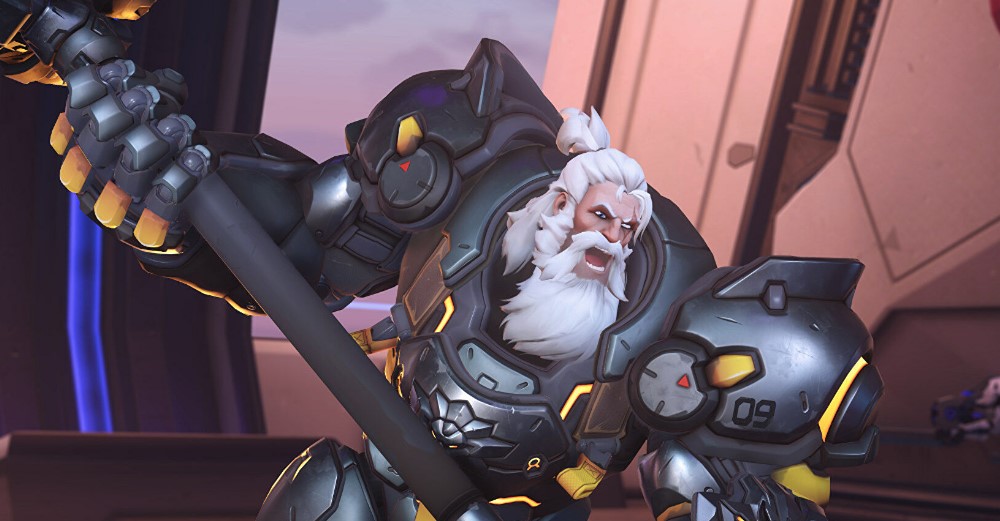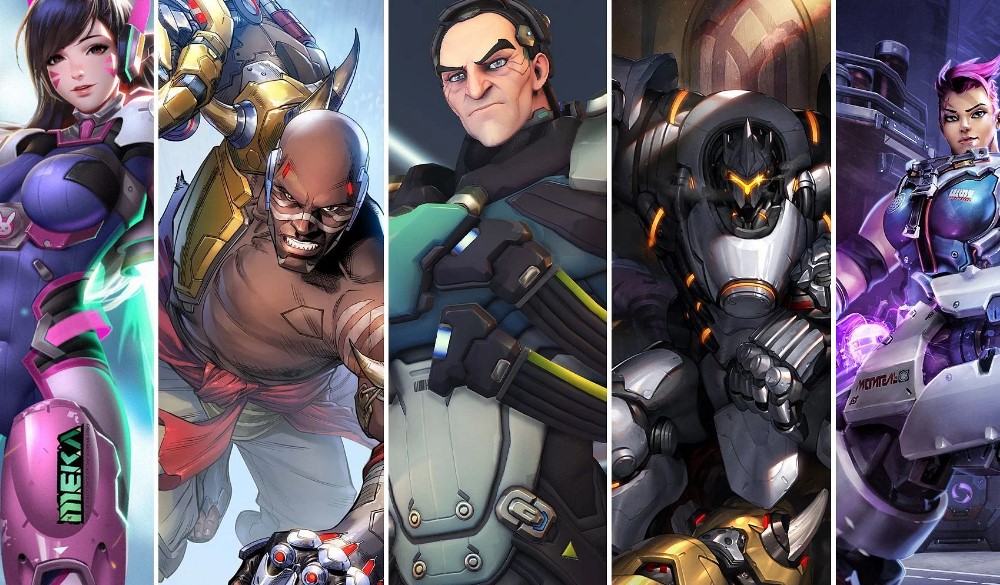The transition from 6v6 to 5v5 in Overwatch 2 has fundamentally changed the game’s dynamics, especially for tanks. With only one tank per team, the pressure and responsibility on these frontline heroes have increased significantly. In the original Overwatch, having two tanks allowed them to share the burden of damage mitigation and space creation. However, in Overwatch 2, solo tanks often find themselves struggling to survive long enough to make an impact. This has led to discussions within the community about potential solutions, with one interesting idea being the introduction of a damage reduction role passive for tanks.
The concept is simple: give tanks a flat 10-15% damage reduction from all sources. This would effectively increase their survivability without making them feel invincible. The goal is to give tanks more agency and staying power, allowing them to better fulfill their role of creating space and protecting their team.
Proponents of this idea argue that it would help compensate for the loss of the second tank. In Overwatch 1, the off-tank could help peel for the main tank, absorbing some of the incoming damage. With that dynamic gone, a damage reduction passive could serve as a substitute, giving solo tanks a better chance to survive in the front lines.

Moreover, this change could make playing tank feel more rewarding and enjoyable. Many tank players have expressed frustration with how quickly they can be melted down in Overwatch 2, often feeling like they have little opportunity to make plays or have an impact. A damage reduction passive could alleviate some of that frustration, giving tanks a bit more breathing room to make decisions and be proactive.
If you’re a tank player and find it difficult to rank up, we recommend this cheap Overwatch boosting service. You can enjoy playing a tank role while also being sure you have a good carry/support by your side.
However, implementing a flat damage reduction for tanks is not without its concerns. Some worry that it could make tanks feel overpowered, especially if the numbers are tuned too high. There’s also the question of whether a one-size-fits-all approach is the best way to balance the diverse tank roster. Each tank has unique abilities and playstyles, so a blanket damage reduction might not be the most nuanced solution.

An alternative approach could be to tweak each tank’s kit individually based on their specific needs. For example, tanks that are struggling more in the current meta could receive targeted buffs to their abilities or base stats. This would allow for more precise balancing and avoid the potential issues of a universal passive.
Another interesting suggestion from the community is to tie the damage reduction to proximity to allies. This could encourage tanks to play with their team and reward good positioning. It might also open up new synergies with certain heroes, like Lúcio, who could help keep the tank topped up with healing while benefiting from the damage reduction.
Ultimately, the question of whether to give tanks a damage reduction role passive is a complex one with valid arguments on both sides. While it could potentially help mitigate some of the challenges solo tanks face in Overwatch 2, it’s crucial that any such change is implemented carefully and with plenty of testing.
The key is to strike a balance where tanks feel more resilient and impactful without becoming oppressive. If a damage reduction passive is introduced, it will likely need to be adjusted and fine-tuned over time based on player feedback and game data.

As the Overwatch 2 meta continues to evolve, it will be interesting to see how the developers address the challenges of the tank role. Whether through a damage reduction passive or other balance changes, finding ways to make tanks feel more rewarding and enjoyable to play should be a priority. After all, a healthy and diverse tank population is crucial for the game’s overall health and longevity.

